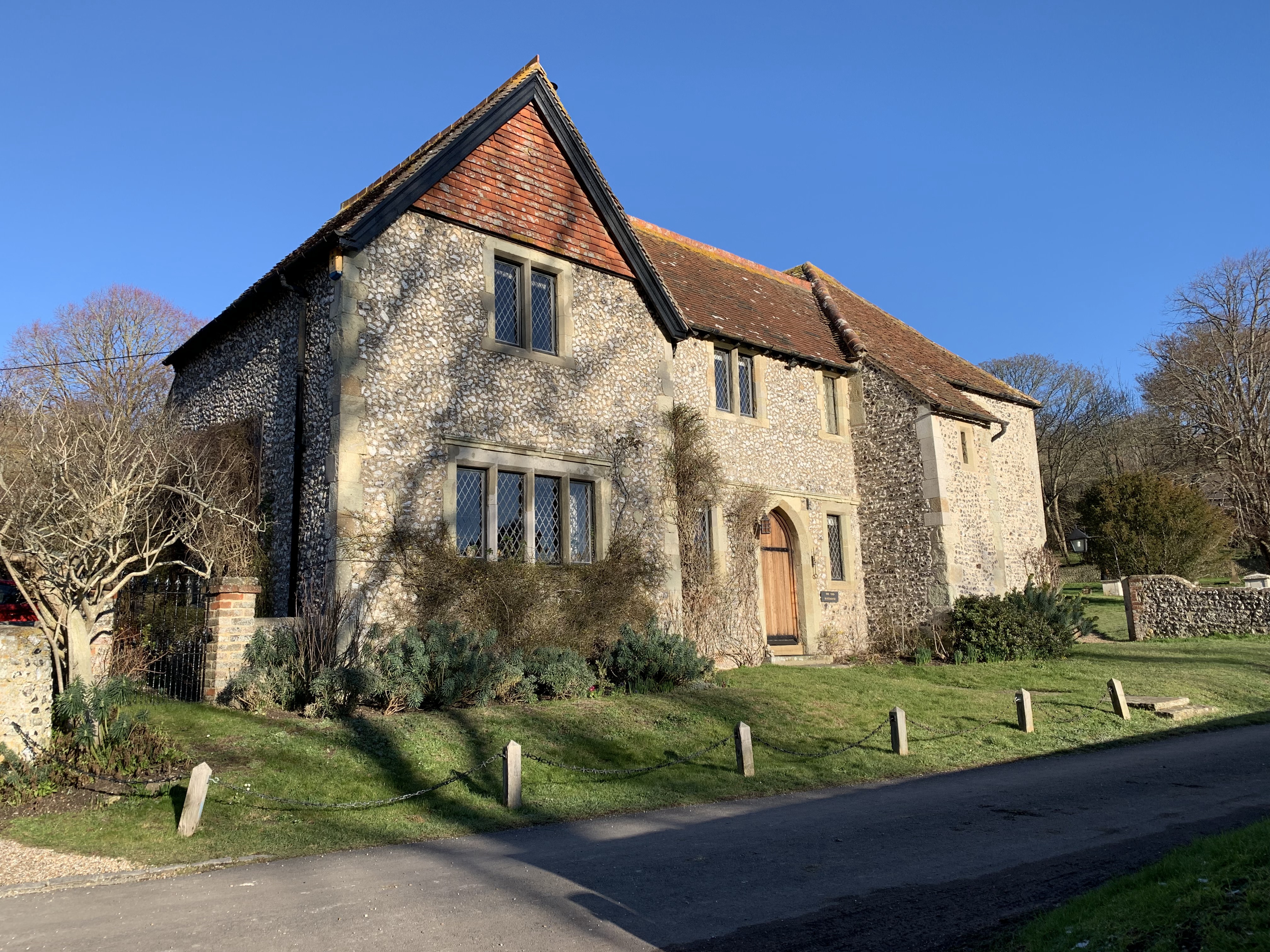
Visited by ODOstefan, ODOmatt and ODOjrdarla on the 3rd February 2019
The advent of the Internet made even the most remote locations accessible. Simply typing the name of a town into google maps will return multiple routes to your destination. The hamlet of West Dean (The home of the Parsonage) has somehow managed to buck this trend. It has made itself almost ungoogleable; as a result, it has kept its treasure’s hidden – until now.
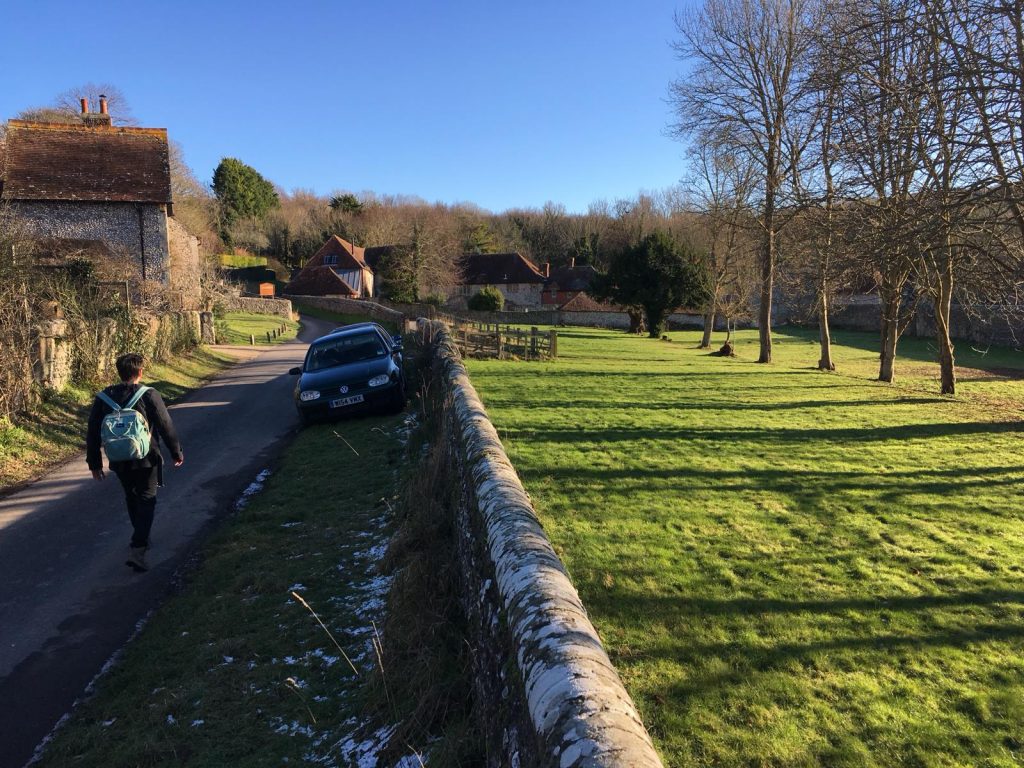
The Hidden Hamlet
The less trusting of you may already have gone away to see if this hidden hamlet is as secret as we claim. You may have googled, ‘West Dean’ or even ‘West Dean, East Sussex’ and thought you had found a clear map showing you the hamlet – but look again.
The map Google presents to you will be West Dean, West Sussex. This slightly more famous namesake has crowded out every corner of the internet. Leaving only a few small virtual-vestiges for West Dean, East Sussex to inhabit.
When you eventually come across information about West Dean (East Sussex) you will find understated and almost unbelievable claims about this small hamlet. Firstly, that it was home to Alfred the Great and his palace (Which ODOmatt will be writing about soon) Secondly, that it is the location of the Oldest Home in Britain – an extraneous extremity that we couldn’t resist investigating.
The Oldest Home in Britain?
Back in 2003, Country Life magazine launched a search for the oldest continuously occupied home. The Telegraph put forward ‘The Old Parsonage’ – a beautiful, flint-faced downland cottage as a contender. Regrettably the Parsonage lost out, by about 130 years, to Saltford Manor House, in Saltford, near Bristol.
Fortunately, the Old Parsonage lays claim to an even more extraneous record. A local guide book (available in the neighbouring church) claims it is ‘reputed to be the oldest continually inhabited parsonage house in the country’.
Constructed by Benedictine Monks from the nearby Wilmington Priory in 1280, it was occupied by the clergy until 1970. At this point, the property was sold into private ownership. It remains occupied to this day, so we ask other Odd Day Outer’s to be mindful not to disturb the occupants.
There have been some changes to the Parsonage over the years, including a ‘sympathetically-designed Victorian extension’. Despite this, the core of the building retains the feel of an ancient structure.
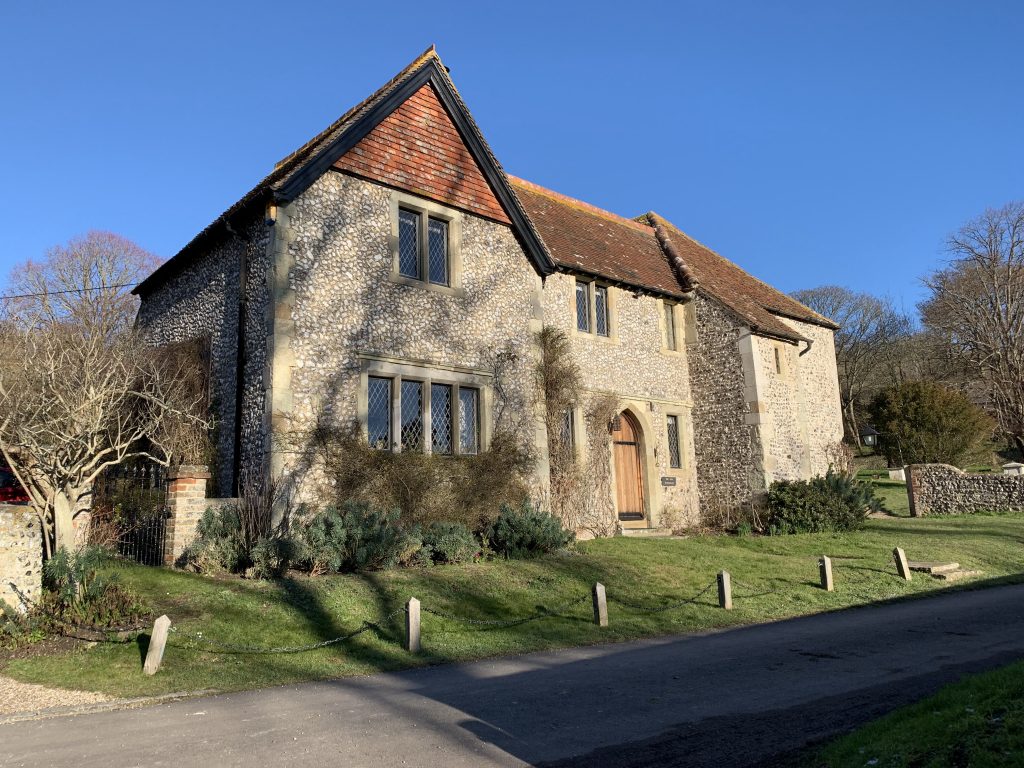
No Entry
Disappointingly, there seems to be no scope for the public to view the inside of this property. However, an illustration of the interior is available (pictured below). There is also a description from the estate agents who sold the property (for £950,000) in 2003. This description was featured in the Telegraph and give’s us some idea of what it would be like to step into this ancient home:
Evidence of antiquity is everywhere, most obviously in the 2ft 6in-thick medieval walls. Building materials such as the massive oak beams which support the wide floorboards of the first floor, blocks of chalk quarried centuries ago in nearby Eastbourne and ancient flint walls with sandstone quoins are all the “real thing”.
https://www.telegraph.co.uk/expat/4189414/Is-this-the-oldest-house-in-Britain.html
The present dining-room has an ecclesiastical feel with deep recessed Gothic windows. “Like an aisle of a church, it lies east-west and is slightly below ground,” says Angela Woodhams. “We are certain it used to be a chapel.”
The house had what is termed a garderobe tower, which now forms a staircase. “The tower was very posh in its day,” explains Angela. “It was really the first en-suite bathroom, where you sat on a raised platform with a hole in the seat.”
You are however free to explore the attached church. The Saxon ‘All Saints Church’ is the most ancient church in the Cuckmere valley. The windows in the Norman tower give the appearance of a face, greeting you as you meander up the hill towards the Parsonage.
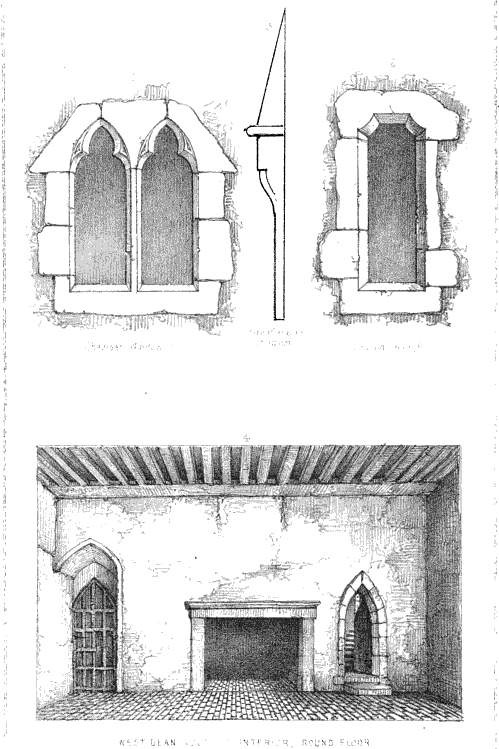
An illustration of the interior of the Parsonage, by Rev George Miles Cooper 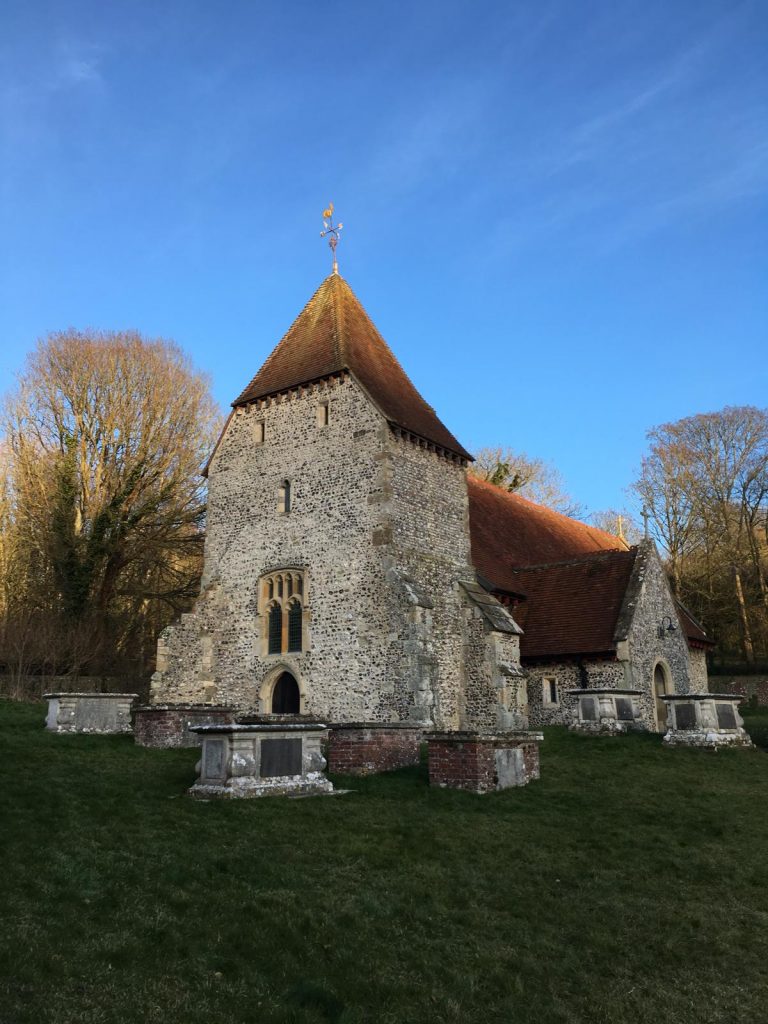
All Saints Church, West Dean
Worth a visit?
The former reverend of the parish, George Miles Cooper, made a number of notes on the building during his tenure. These have become the key source for subsequent research into the building. In 1849 he reflected on the reasons for this building’s survival and concluded that it was ‘partly accounted for by the seclusion of its situation.’
Cooper added that the ‘The village of West Dean is, and always has been, extremely small, the population at present being only 129: it is embosomed in the hills. with no public road through it; a striking example of a sequestered Southdown hamlet.”.
If Cooper’s description dosen’t sell West Dean and it’s treasures to you, I don’t know what will.
West Dean and its ancient buildings have remained special because of the level of seclusion they have managed to keep. So whilst we heartily recommend a visit to the hamlet to view the Parsonage, please don’t tell anyone else about it.
Getting There
West Dean is located at the end of a half-mile path that leads into a dead-end in Friston Forest.
We highly recommended that you do not take your car down this road as parking is extremely difficult. Parking is available a short walk away in the nearby Friston Forest Car Park. That said, we did manage to park in the hamlet, but it was in a deep puddle in a muddy lay-by.
From Friston Forest Car Park, walk down ‘The Lane’ and continue until you reach the pond in the centre of the village. From here take a left and continue until you see the church smiling at you. You will find The Old Parsonage just in front of this church.
In the area
The nearby Seven Sisters Country Park and Cuckmere Valley are well worth a visit. As is the lost village of Lullington – investigated by the Odd Days Out team back in 2017.
Sources
Sussex Archaeological Collections, Relating to the History & Antiquities of the County – ON AN ANCIENT RECTORY-HOUSE, IN THE PARISH OF WEST DEAN, WITH SOME REMARKS ON THE CHURCH. BY THE REV. GEORGE MILES COOPER. (December 1849)
https://www.telegraph.co.uk/expat/4189414/Is-this-the-oldest-house-in-Britain.html
http://orig.villagenet.co.uk/?v=west%20dean_east%20sussex
http://www.wealdendo-sussex.co.uk/thedms.aspx?dms=3&venue=3365960
1 Comment